[ad_1]
Pears are delicious fruits with a distinctive texture, nevertheless you could harvest them and retailer them appropriately to appreciate the suitable stability. It’s not as easy as gathering berries off the vine if you probably can merely see that they’re in a position to eat.
To make points far more troublesome, there are two fundamental types of pears rising within the USA, in almost the an identical rising zones: European and Asian types. The tactic for gathering these fruits is totally completely totally different, even when the crops look the an identical.
This distinction makes identification terribly very important. Are you rising conventional ‘Barlett’ or the favored ‘Asian Nijisseiki?’ You’ll must know sooner than taking any first steps. Happily, the tactic is pretty easy as quickly as you understand what you’re looking for.
We’ll ensure you understand all of the issues regarding the fundamental distinction between pears, learn how to remove them safely, and even learn how to retailer them for most shelf life, texture, and style.
Seasonality of Pears
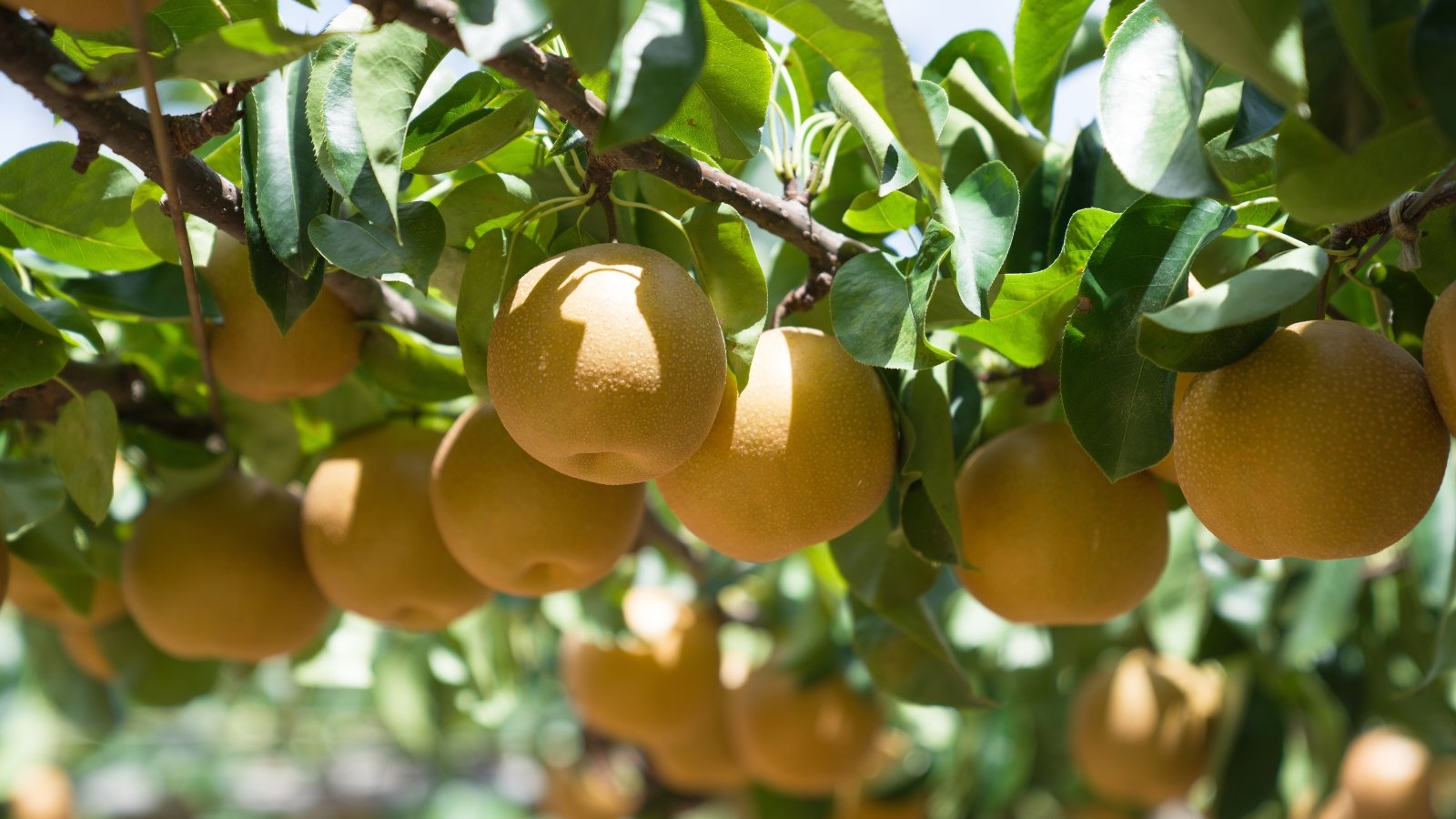

There are many of sorts of pears in the marketplace, they often might all be ready at completely totally different events. Broadly speaking, they’re usually harvested as early as July and into October. Some timber produce even later into winter. Your rising space might impact this time interval, too.
Within the occasion you don’t keep in mind when your tree was ready remaining yr or if that’s your first yr with a pear tree, evaluation the vary. This provides you a great suggestion of when to start inspecting the fruit. They’re sometimes broken into three lessons: early season (summer time season), mid-season (fall), and late season (winter).
Properly-liked early season varieties embody ‘Summercrisp’ and ‘Southern Bartlett’. A number of mid-season varieties are ‘Flemish Magnificence’ and ‘Pineapple’. Lastly, ‘Concorde’ and ‘Seckel’ are normal winter varieties.
In the event you understand which type of tree you is likely to be rising, you can also estimate when the fruit is likely to be ready primarily based totally on the amount of days after full bloom. Make a remark in your calendar when the tree blooms, and then you definately undoubtedly’ll have a tricky considered when it could possibly be harvest time.
As an example, Bartlett pears are usually ready in about 110 to 133 days after full bloom. Bosc takes just a bit bit longer, someplace throughout the 130 to 145 day differ. Some Asian varieties are ready about 120 days after full bloom, whereas others take nearer to 150 days.
Know Your Choice


There are many normal sorts of pears, and determining a number of of their very important variations is foundational data that you just need referring to how and when to reap appropriately. Though this isn’t always the case, commonest varieties fall into two lessons: European (Pyrus communis) or Asian (Pyrus pyrifolia).
These two species are dealt with utterly otherwise relating to reap season. Broadly, European varieties are picked sooner than they’re ripe, and Asian varieties are left to ripen on the tree, then picked. Mistaking one for the alternative could possibly be an important mistake.
Numerous examples of European varieties embody ‘Barlett,’ ‘Summercrisp,’ and ‘Moonglow.’ Numerous examples of Asian varieties embody ‘Chojuro,’ ‘Nijisseiki,’ and ‘Shinseiki.’ Though they’re completely totally different species with completely totally different native origins, these timber have roughly the an identical care.
Every species are hardy in plenty of the USA, roughly all by way of USDA hardiness zones 4 by the use of 8, with P. pyrifolia really solely laborious proper all the way down to zone 5. All of them favor full photo voltaic, well-draining soil, and are associated in peak.
Sooner than going any extra, resolve which type of pears you is likely to be rising. No matter their commonalities, their variations can significantly impact the storage life of your fruit.
Harvest European Pears Sooner than Ripe
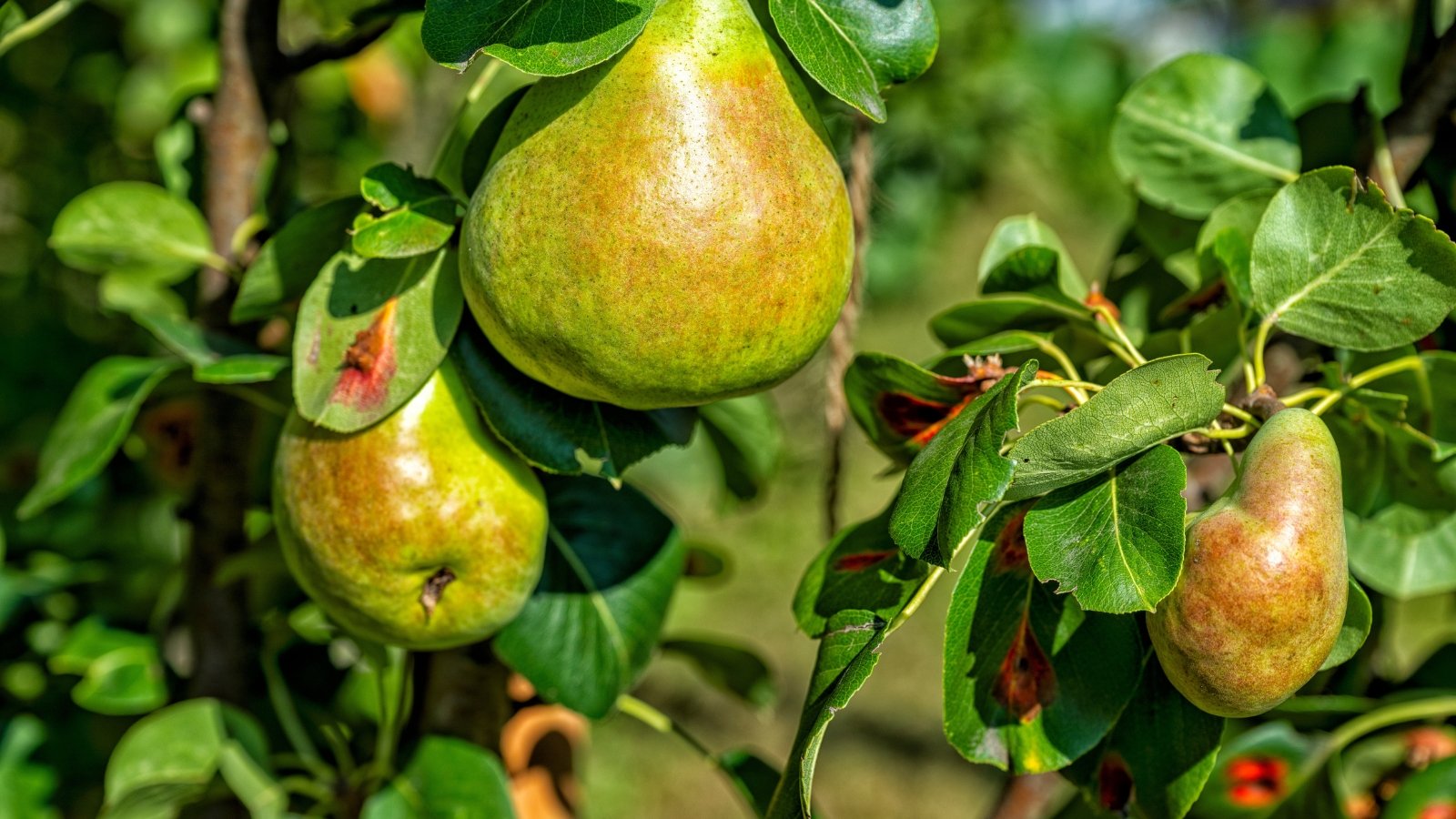

Selecting a European pear on the exact correct time is troublesome. Completely ripe fruits do not retailer for prolonged, so in case you wait until the fruit is totally ripe on the tree, you’ll solely have just some days to eat it. Furthermore, fruits that ripen on the tree are often gritty in texture and subpar in style.
As an alternative, gather these pears successfully sooner than they’re ripe. The most effective time is once they’re merely starting to alter from inexperienced to yellow, nevertheless sooner than they’re completely yellow. They’ll nonetheless be company presently, not tender.
Usually, there are small dots on the pores and pores and skin, which must be altering from white to brown. One different sign that they’re ready to assemble is that their pores and pores and skin smooths out and turns into significantly waxy to the contact.
You most likely have a small amount, you probably can depart them in your countertop, they often’ll ripen over the next week or so. Ideally, the temperature must be between 60 and 70°F (16-21°C), so frequent room temperature works.
You most likely have an enormous amount, you probably can maintain them in chilly storage, the place they will keep of their current state for just some months. The temperature must be spherical 32-35°F (0-2°C). It’s essential use your fridge for this course of.
Take away your unripe pears from chilly storage as you please, transferring them to the kitchen counter the place they will need one different 7-10 days sooner than sustaining peak temperature and style. Fruits is likely to be completely ripe when completely yellow and a tiny bit tender to the contact.
Let Asian Pears Ripen On the Tree
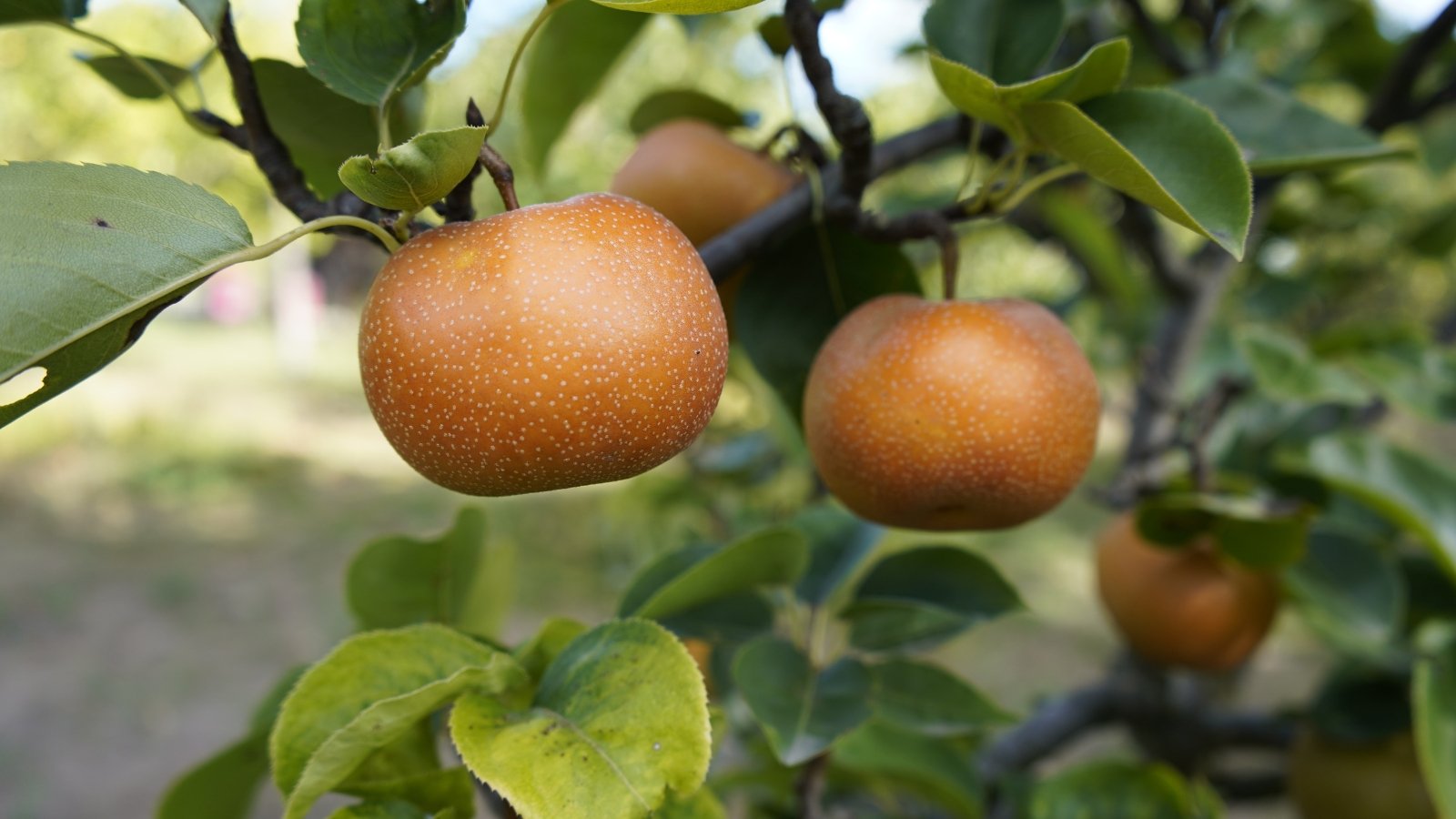

Almost about Asian types, a really completely totally different technique is important. These fruits must actually be left on the tree until completely ripe. There are two fundamental indicators that they’re ready: shade and elegance.
First, start with shade. Most Asian pears will emerge inexperienced and fade to yellow, though there’s some choice between cultivars. Whenever you see a fruit with completely yellow pores and pores and skin (or irrespective of shade the pores and pores and skin is meant to be to your choice), give it a mode.
If the fruit is sweet and crunchy with out being too laborious to chew, then it’s ripe. Whenever you’ve found one ripe fruit, you probably can assume the others on the same shade stage are moreover ready. You do ought to take a little bit little bit of a guess proper right here, as a result of it’s attainable that you just’ll waste a pear if it’s not however sweet adequate.
Asian types will remaining about each week on the countertop at room temperature. You can also retailer them throughout the fridge for a number of months, nevertheless their style might strengthen over time. Some describe their style as wine-like when allowed to retailer for too prolonged.
How one can Harvest
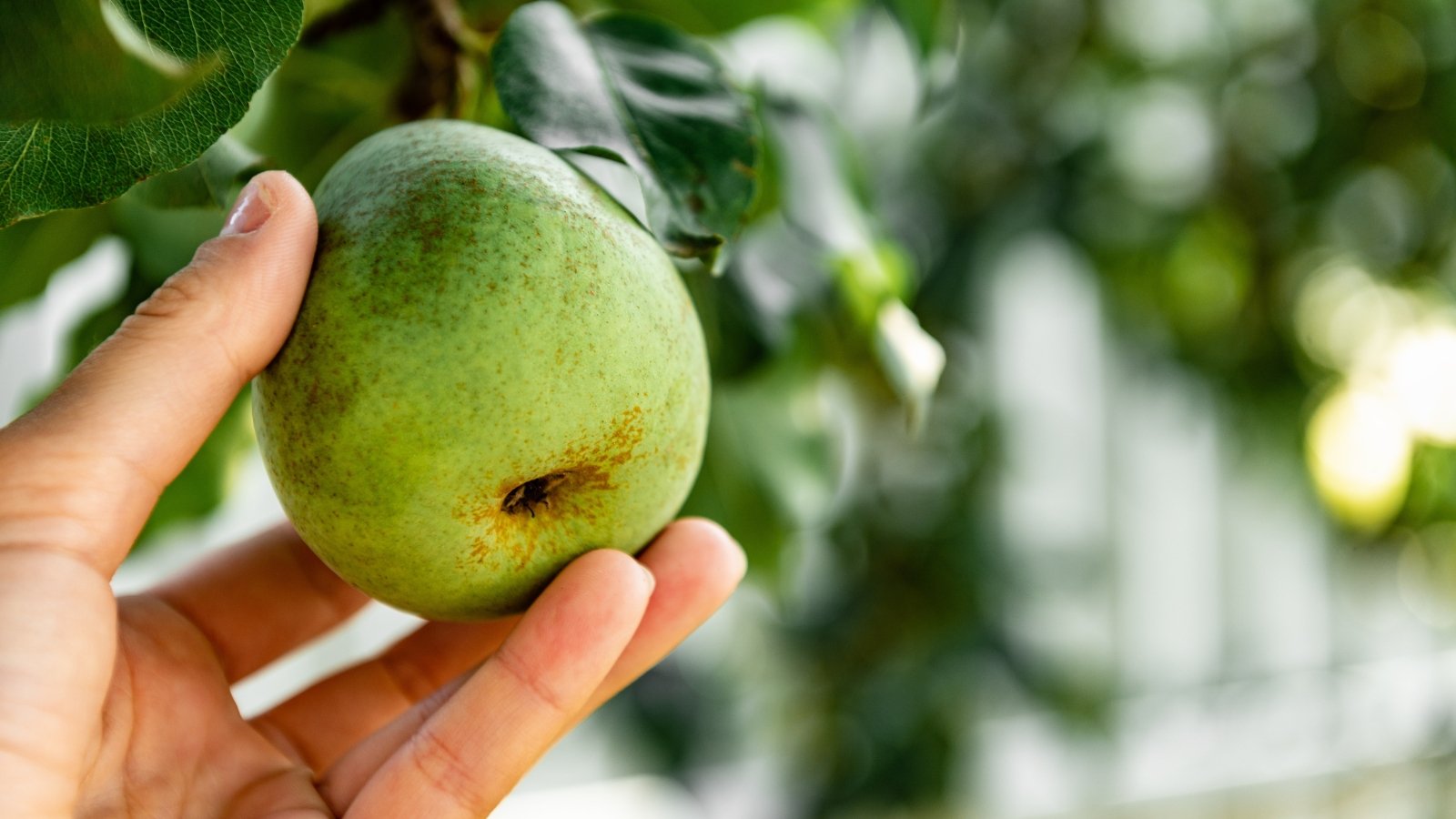

Lastly harvesting the fruits of your labor is thrilling, nevertheless in case you technique this course of too aggressively, chances are high you will harm the tree. Avoid the temptation to simply yank pears off the tree. This might hurt the division and even set off unripe folks to interrupt off.
As an alternative, gently grasp the fruit and twist. Proceed to roll it in your hand until the stem gently severs from the division. This will likely allow you to gather the fruit with out risking any of the others spherical it, which may be very very important if there’s nonetheless a ton of fruit in your tree.
Within the occasion you twist the fruit and uncover that it doesn’t merely snap, then it is not going to be ready however. It is a essential issue to note. When totally different indicators corresponding to shade are unclear, an effective way to tell if a pear is mature or not is to flip it horizontally to see if it quickly snaps. If its stem doesn’t break, then it’s not mature. That’s the case for every European and Asian varieties. The pears ought to easily snap off as soon as they’re ready to reap.
When gathering, be careful to not bruise or puncture the fruit, which could set off them to decay shortly. Try to not scrape the pores and pores and skin alongside along with your nails, and don’t toss the fruit proper right into a basket. It is attainable you will be contemplating that just a bit bruise proper right here and there doesn’t problem you, nevertheless the problem is larger than aesthetic.
Bruises and nicks are what give plant pathogens entry to the fruit. Since pears are left in storage for due to this fact prolonged, there’s a serious window of time by way of which pathogens can take preserve. You don’t want to supply them an easy entryway with a bruise, too.
Safety can be a precedence when harvesting from timber. These timber can get surprisingly tall. European varieties generally tend to achieve 40 to 50 toes in peak, whereas Asian varieties usually attain 30 to 40 toes in peak. Extendable fruit picker devices can really turn into helpful. You can also use these devices to lower picked fruit proper right into a basket instead of dropping them, which could bruise the pears.
Within the occasion you’re using a ladder, observe ladder safety. Ensure that the ladder is secure, protect three components of contact on the ladder, and always make sure any person is there to watch you and common the ladder if needed.
Storage Recommendations
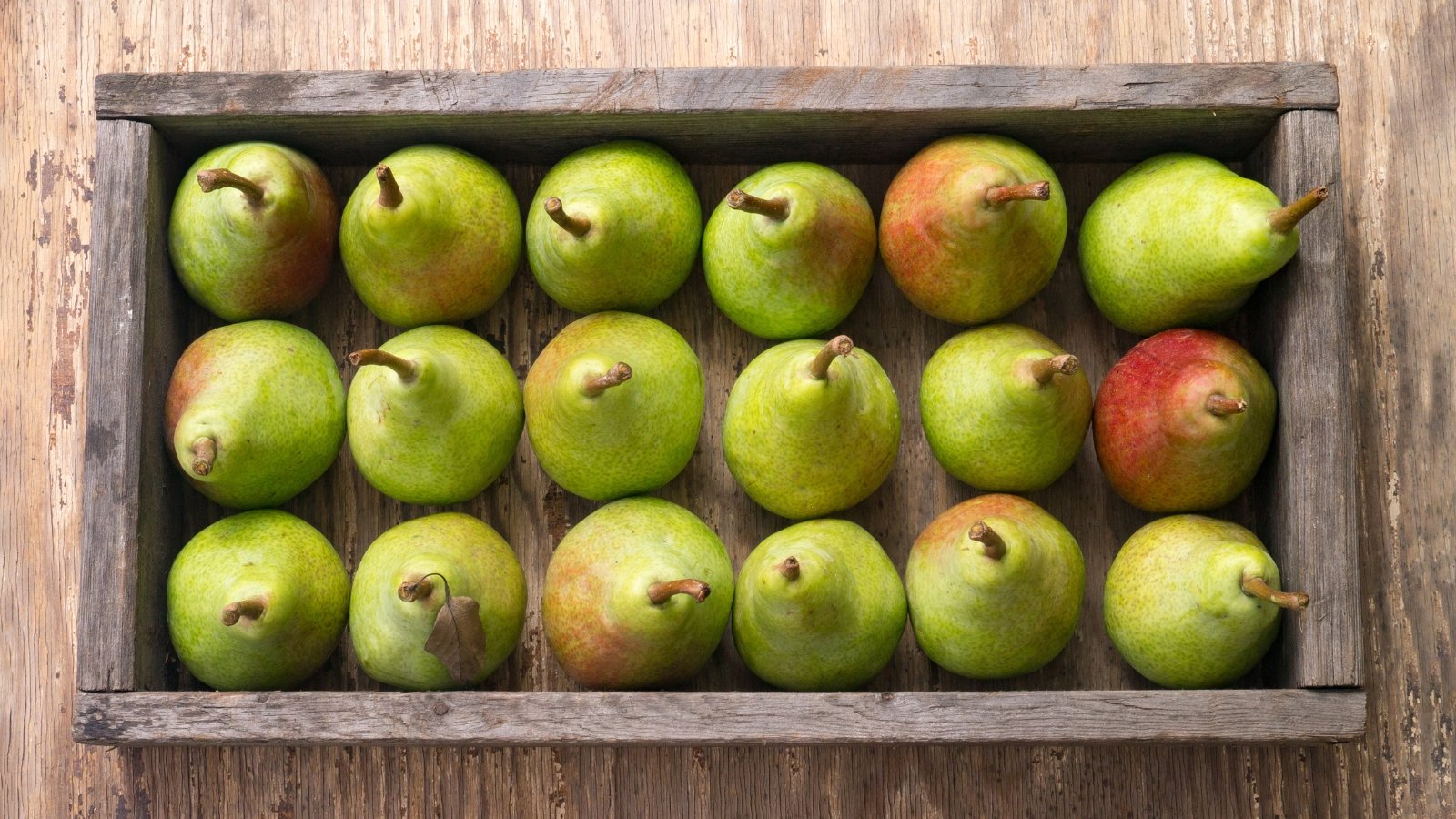

When storing, make sure the fruits have the best air circulation attainable. If nothing else, this will likely more and more suggest giving each fruit its private home instead of stacking them on prime of each other. This will likely gradual the ripening course of and will cease bruising.
Avoid storing with totally different ethylene-producing fruits, like apples, which could actually set off them to ripen after which decay sooner. Nevertheless, in case you could have your pears on the counter and want them to mature sooner, then do maintain them subsequent to associated fruit.
Further fruits along with pears and apples that produce ethylene gas embody avocados, bananas, mangos, melons, and tomatoes. Retaining these fruits away from each other will allow them to retailer successfully for an prolonged time frame. They may even set off the decay of leafy greens.
Keep in mind freezing your additional fruit in case you could have an entire lot of it. You could merely place them throughout the freezer complete, otherwise you probably can peel and decrease them first. These fruits may also successfully, allowing you to keep up them in long-term storage.
[ad_2]
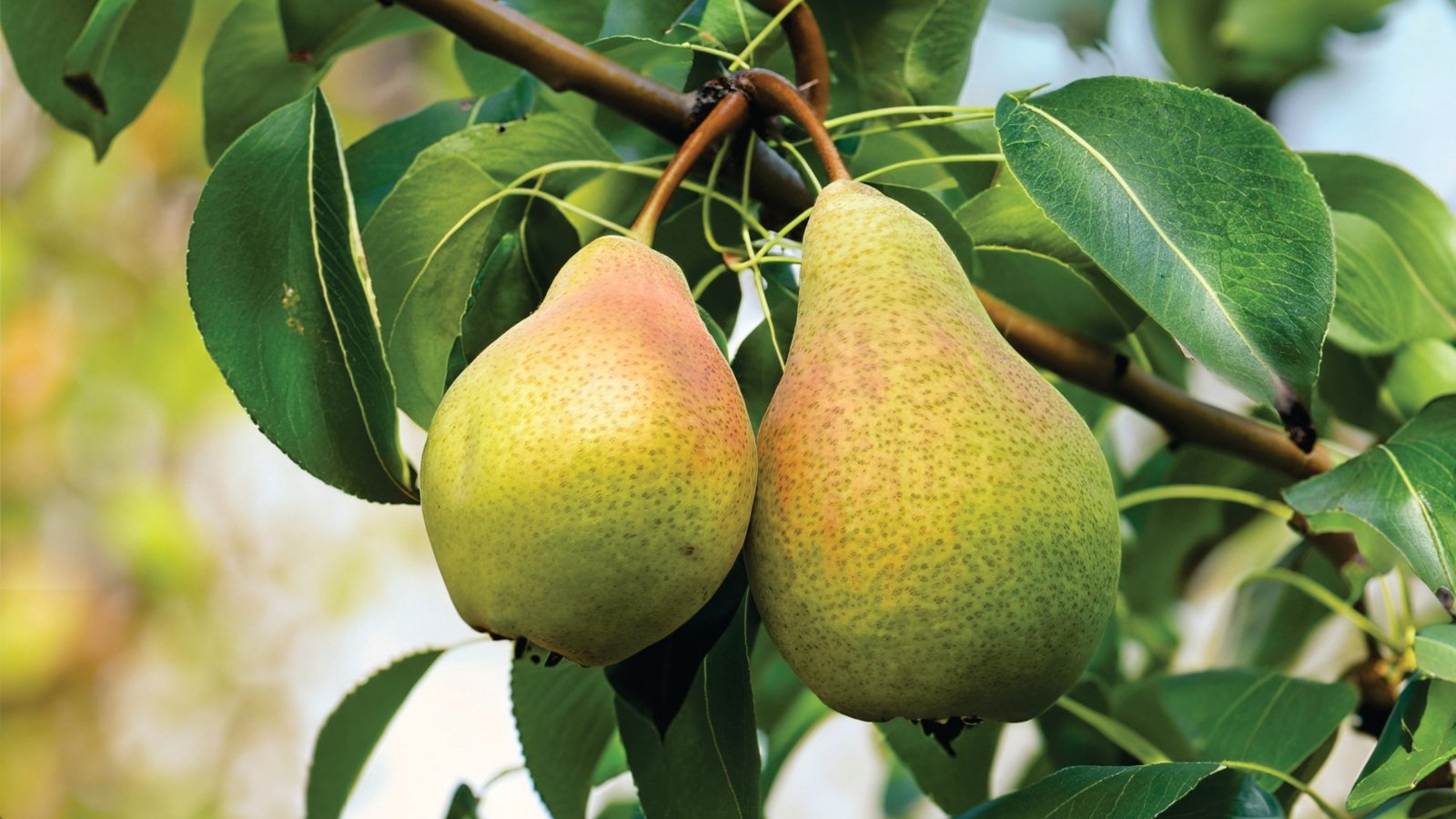
The storage advice shared in this article is practical and relevant. It’s interesting to learn about ethylene-producing fruits and how they affect the ripening process of pears, which could help in better preserving them.
Overall, this article serves as a great guide for both novice and experienced gardeners. The focus on safety during harvesting is also a valuable reminder, ensuring that both the trees and fruit remain unharmed.
I appreciate the detailed explanation regarding the seasonal variations of pears. Knowing that different varieties ripen at different times is crucial for anyone considering growing their own pear trees.
This piece highlights an important aspect of fruit harvesting that many may overlook. Properly identifying the type of pear tree is essential for successful cultivation, and I found the tips on harvesting techniques especially helpful.
The article provides useful insights on harvesting pears, particularly the difference between European and Asian varieties. Understanding when to pick them and how to store them can significantly enhance their taste and shelf life.